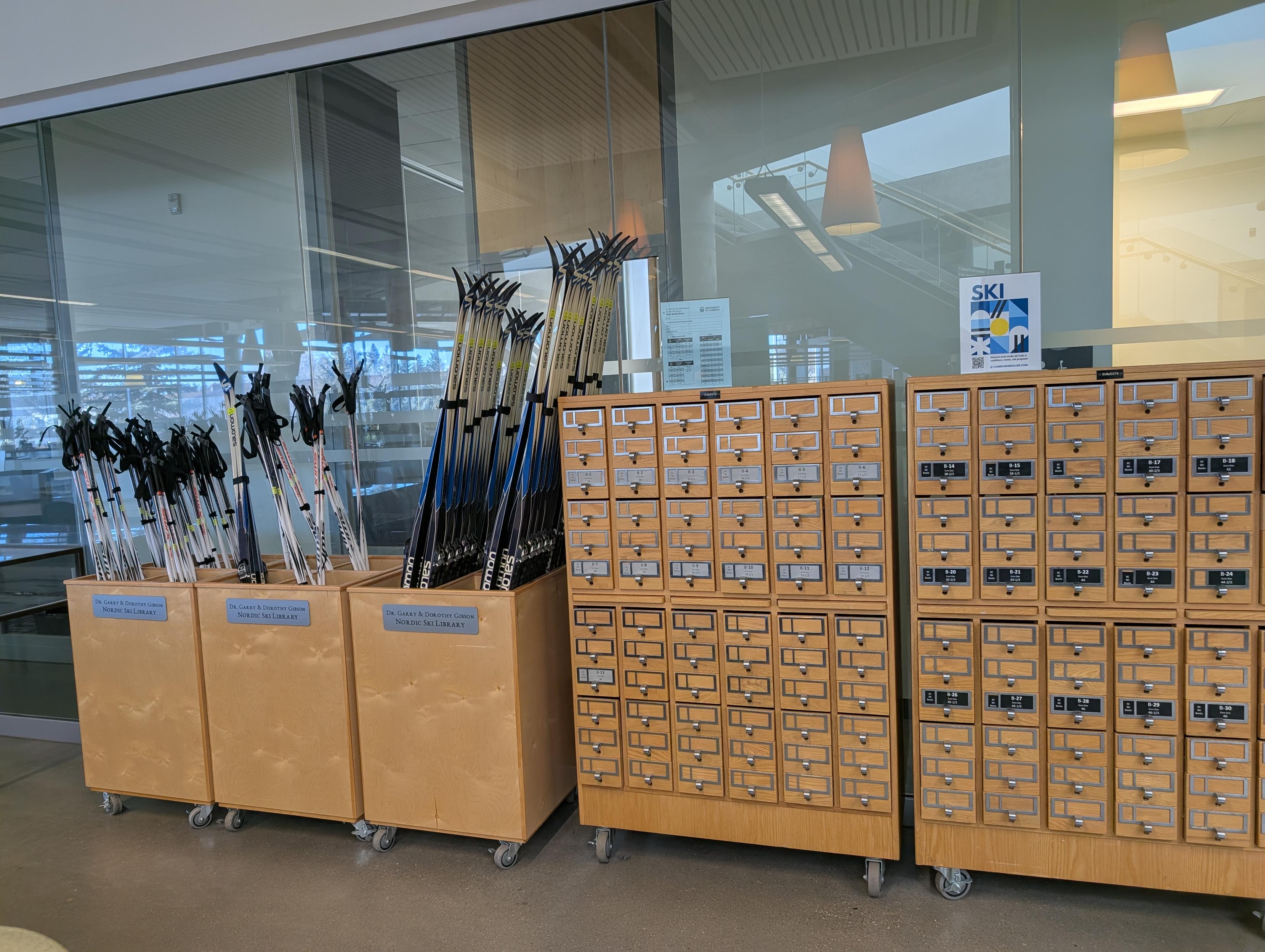Wife is settling into her post-op routine now... if anyone whos gone through mtf bottom surgery has had issues with pressure pain, and knows ways to relieve it, please let me know, thats what seems to be plaguing the wife the most... She is always (except while we were in flight on the way home) complaining about pain from pressure in her abdomen (I think it might be because shes trying to sit at her computer instead of laying down, but she swears up and down that I dont know what I'm talking about)
Je reviens du code de la commande publique (oui) et j'ai un message pour vous. Déjà, la règle des trois devis, elle n'y est pas. C'est juste une coutume pourrave. C'est marqué noir sur blanc qu'on peut se passer de mise en concurrence et prendre le presta qu'on veut sous les 40K HT€ https://www.legifrance.gouv.fr/codes/article_lc/LEGIARTI000039500669
Are you involved in an open source project that is related to energy, green IT or climate change? Please submit a proposal to the #FOSDEM #EnergyDevroom in Brussels on the 31st of January 2026. it is an opportunity to engage with like-minded people that care about the energy transition, climate change and community. Submission deadline 1st of December: https://fosdem.org/2026/schedule/track/energy/
@nebulos not exactly an answer but i had this project for my 2d design class this semester that was about this question! the professor had us use 9 different techniques in a grid to render a piece. my favorite of these was the "manual half-tone" in the top middle-- i did dots in as perfect a (diagonal) grid as i could, and then enlarged some of them to create value. coming up with 9 different ones was a challenge, but it was a fun exercise
if the project had allowed for it i'd like to have experimented with ink washes, too
☞ :pizza_pineapple:
🍒🍒🍒
@forumlibre
Salut, ça doome ?
De mon côté, parmi 30 #BonnesNouvelles j'ai récolté un fonds mondial pour les forêts, l'Europe contre le commerce lié aux traitement inhumains, les bananes du Costa Rica rendues plus éthiques par l'Allemagne, une maison de retraite LGBTQI+ à Lyon, des chouettes effraies du Cheshire, trois heures d'électricité gratos par jour en Australie et des fringues en résidus de levure de bière.
Bons appétits.
https://lescerisesdehiatus.blogspot.com/2025/11/30-bonnes-nouvelles-recolte-du-jeudi-13.html
How to watch ‘A Charlie Brown Thanksgiving’ for free this weekend on Apple TV https://9to5mac.com/2025/11/14/how-to-watch-a-charlie-brown-thanksgiving-for-free-this-weekend-on-apple-tv/?utm_source=dlvr.it&utm_medium=mastodon
After multiple hours underground, having already met dozens of workers, who spend their days at a job without any sunlight in a grotesque world I could've never imagined, we finally arrived at the actual site where nuclear waste will be stored for millenia. I've seen the many tunnels stretching multiple kilometers in one direction in which the actual barrels and other containers for nuclear material will be put, completely drowned in cement, segment by segment, and then closed off for a time longer than the human species has existed, starting the load up in 2030 until 2070 in the city of Salzgitter, in my state of Lower-Saxony.
This facility will only be able to store half of Germany's low- and mid-tier nuclear waste, only a bit over 300.000m³ of it. While this type of waste makes up for ~95% of all nuclear waste in Germany, it's still less than a percent of total radiation emitted by all nuclear material. The other 99% is emitted by the high-tier nuclear waste, which there currently isn't any solution for storing on planet earth, yet. Don't get confused by the classiciations like “low”, “mid”, and “high”, as there is no international (or even European) standard for classifying nuclear waste. I was told by the leader of the BGE, Germany's federal company for radioactive waste disposal, that there was an attempt to create such a standard at a working group of the IAEA (International Atomic Energy Agency), which she was a part of, but they gave up after just four weeks.
This facility was so deep underground as a rather arbitrary choice, simply because that's how deep the iron miners went when this was an actual mine. The storage facility in France (Le Monge) is only 500 meters deep, in some European countries even less. The advantage of this here is that no ice age or glacier period has ever affected the underground this low (permafrost or thermal penetration doesn't go deeper than 500m). Still, by today's standards for nuclear long term waste storage, a facility like this wouldn't be chosen, not just due to nearby underground water streams potentially breaking in and leaking nuclear waste into one of the largest rivers of Europe, but also because the city formed around the iron mine, and the 40 years of loading nuclear waste down this facility will come with accidents and an increased radiation to the people living here.
The room, if you could call it that, rather the tunnel, the complex where nuclear waste would be stored, was hot. Like Icarus who flew too close to the sun, I wasn't aware that just a kilometer below the earth's crust, we'd reach sweating temperatures of 37°C to even 40°C due to the earth's core emitting its heat.
While the goal of this presentation was for Germany's federal company for radioactive waste disposal (BGE) to convince us that this facility was safe so we'd endorse it in state and federal parliament, maybe even for them to polish their image, there were certain topics they omitted talking about. My favorite topic was one of them: Long-term nuclear waste warning messages.
We were told about how perfect this facility was, how nothing could penetrate it, and in geological time, all the simulations possibly proving otherwise, were misleading, so I asked about the one thing they forgot mentioning: the human element. Just 5000 years ago they built the pyramids, now archeologists rediscover and search through them. With billions going into this facility, won't people finding any record of this place possibly believe humanity's most valuable items to be stored here? Shouldn't we install long-term warning messages for future generations? I asked.
The leader of the facility responded “We cannot take responsibility for future civilizations.”
Standing in the chambers that are built to exist for over two million years, those words sent a shiver down my spine. I realized that this would be our generation's legacy: debt and a broken planet.
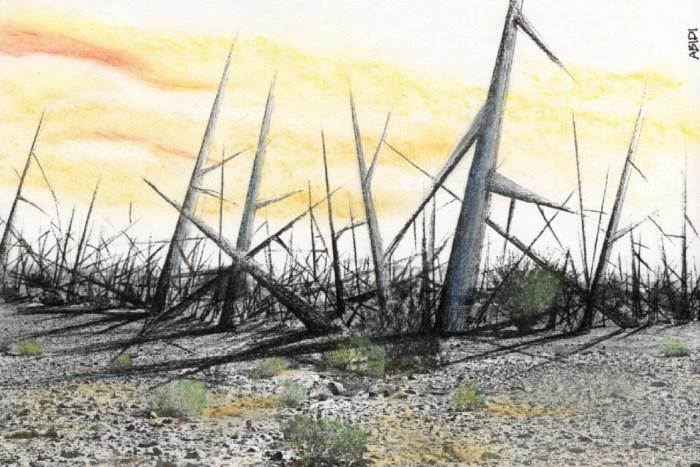
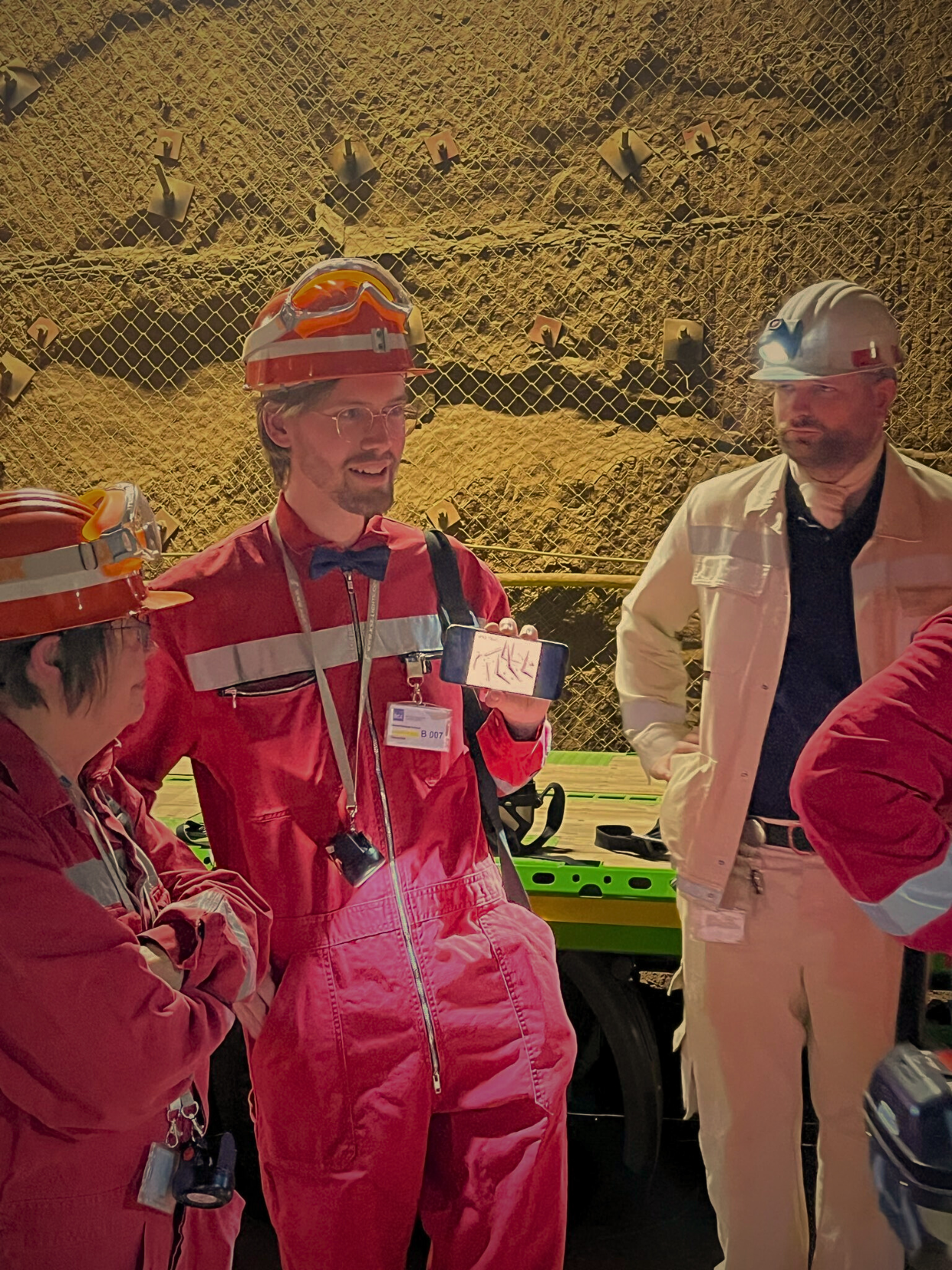
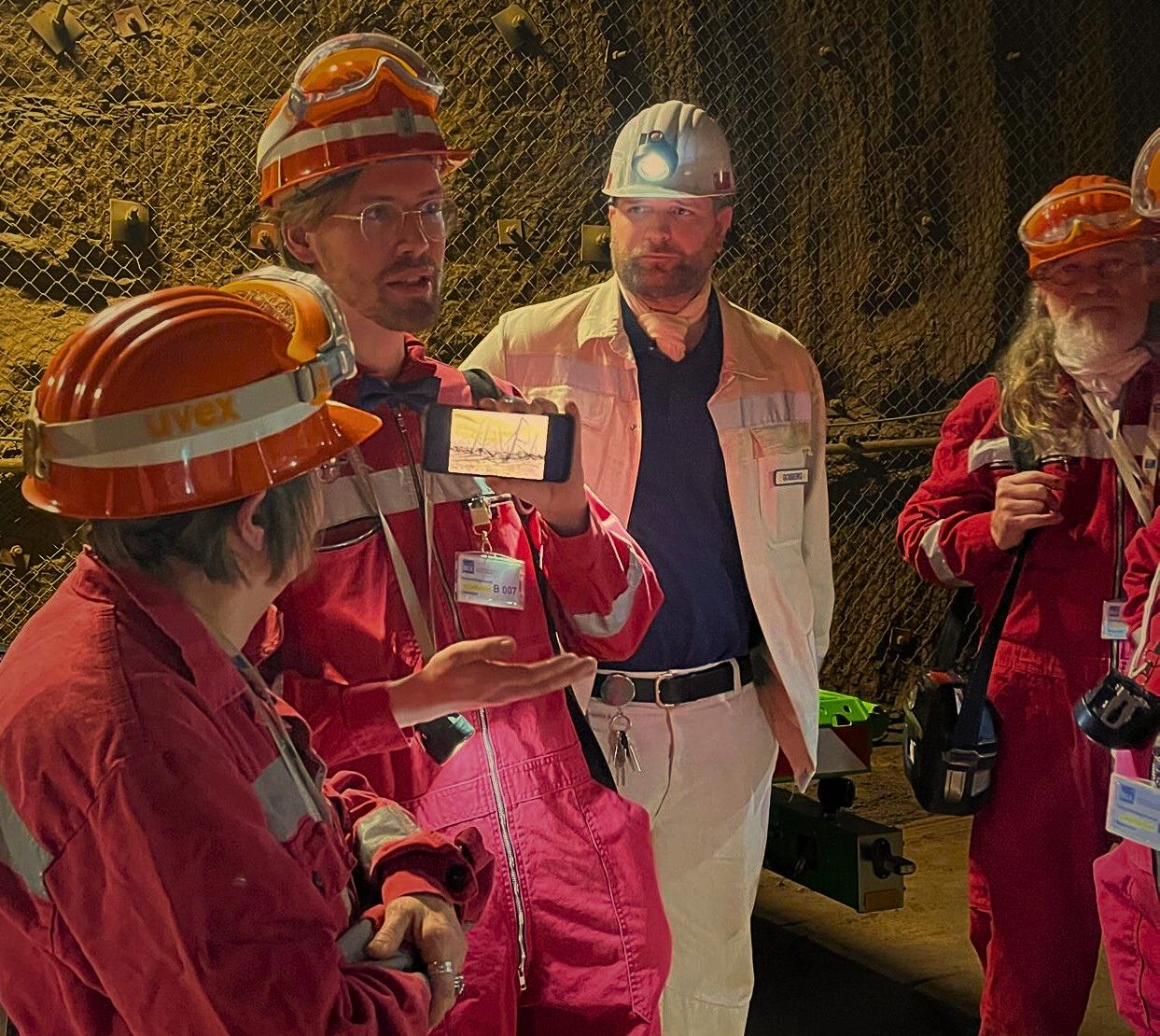
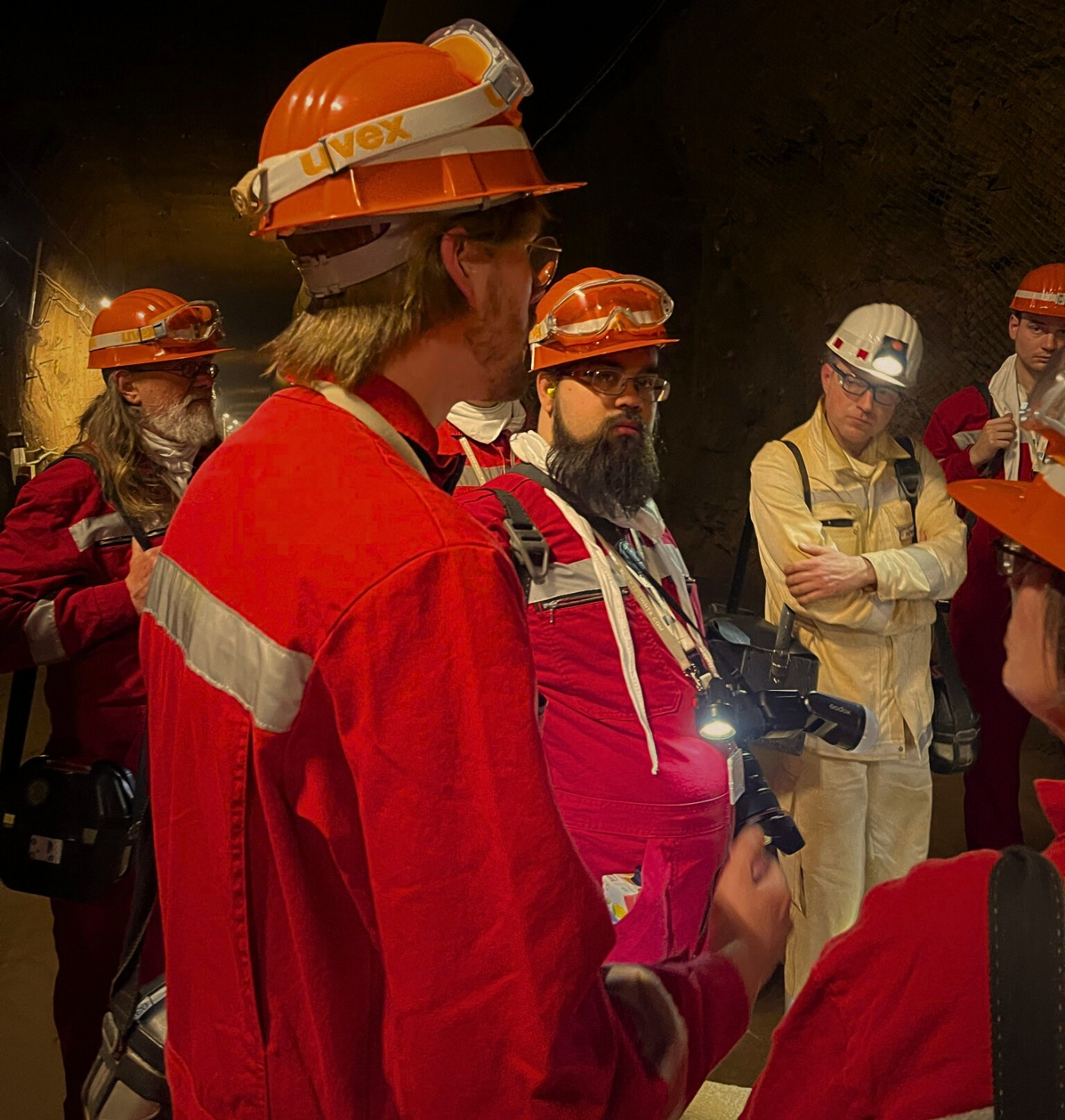
Holloの通知取得APIが遅くなってから結構経つけど、ようやく今見てる。今日中に直すのが目標!
If AI in every product was so great, people would be shelling out money for it, not digging through the settings, 18 mouse clicks later, and still can't figure out how to turn the damn thing off.
⚠️ Le bouclier européen de la vie privée se fissure. La réforme du RGPD menace nos droits, affaiblit la protection des données et relance le capitalisme de surveillance. 🕵️
Lisez l'article complet pour en savoir plus: 👉 https://blogs.mediapart.fr/thomas-le-bonniec/blog/121125/maree-noire-sur-la-vie-privee
Mozilla announces more AI in Firefox, still failing to understand that at this point their market share is made of tech savvy people who do not want that.
Mozilla, please. Stop chasing the fads. Get your own values.
People use Firefox to get access to an open web, use a sturdy browser, and not to be tracked. Build in that direction and that direction only.
Nobody from your current user base will recommend Firefox with AI to their friends.
#PicaTheCat wants to know if you are ready for #caturday
Rural academic libraries are so cute. You can check out skates, snowshoes and xc skis and boots.
Newly released Epstein estate documents mention Trump more than 1,000 times. Congress reopened the government after the Senate reached a funding deal. And Adelita Grijalva was finally sworn in, giving the House enough signatures to force a vote on releasing the Epstein files. https://thinkbigpicture.substack.com/p/november-14-weekly-news-roundup
Karoline Leavitt takes her cross off when the lie is really bad.
bonfire.cafe
A space for Bonfire maintainers and contributors to communicate








